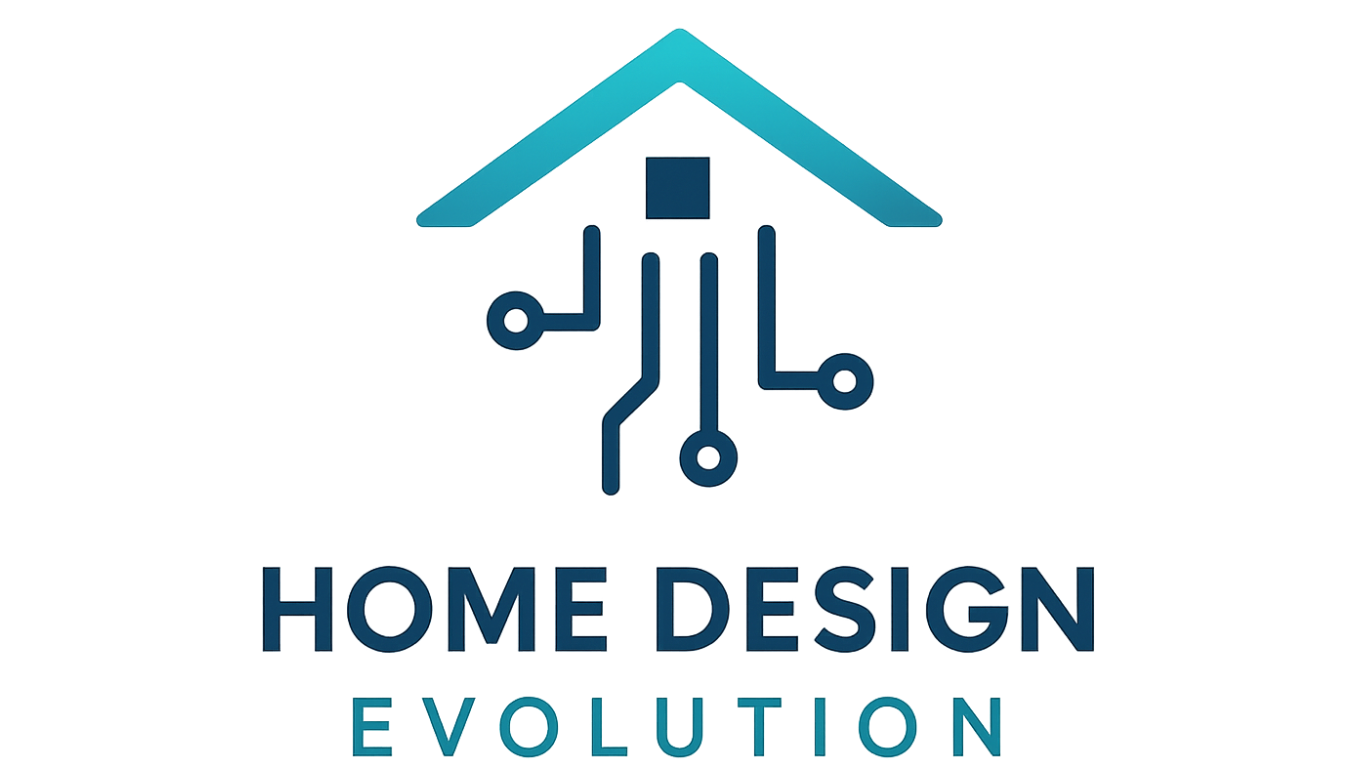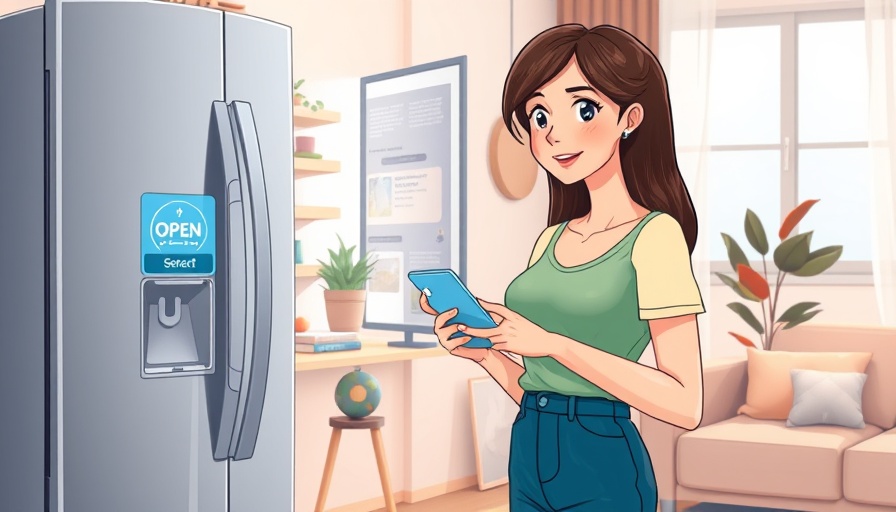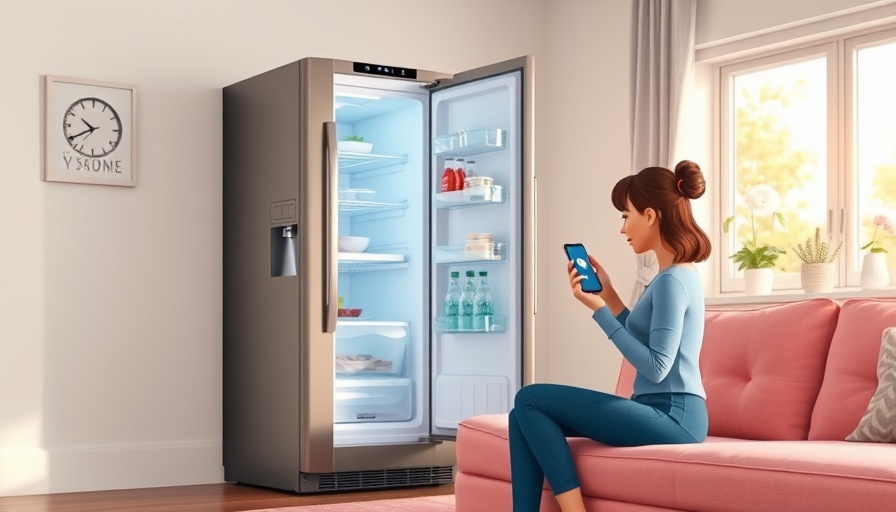
Can Ice Really Heat Your Home? Understanding the Science Behind Ice-Source Heat Pumps
Have you ever thought of heating your home with ice? While it sounds like a far-fetched idea, researchers at the University of Nottingham are turning this unconventional thought into reality with ice-source heat pumps (ISHP). In this article, we delve into how these innovative systems function and the potential benefits they offer to homeowners.
In the video 'How Can Ice Heat Your Home? Ice Source Heat Pumps!', the exploration of innovative heating technologies has led us to examine the unique concept of using ice as a source of warmth.
A Breakthrough in Heating Technology
Heating accounts for almost half of the energy consumed in buildings globally, most of which still relies on fossil fuels. The transition to electric heat pumps can lower this reliance on old energy systems, but affordability and efficiency remain challenges. Enter the ice-source heat pump, utilizing ice and water as thermal sources, offering an opportunity to heat our homes sustainably.
Heating Through Cooling? The Physics of Ice-Source Heat Pumps Explained
The principle behind an ISHP may sound bewildering, but it’s grounded in thermodynamics. Essentially, when water freezes, it releases latent heat, allowing it to absorb significant energy with minimal mass or volume. This means a heat pump can extract warmth from ice, making it an innovative option, especially in colder climates.
Picture this: by piping in non-potable water through existing natural gas networks, heat pumps can utilize the phase change from liquid to solid, where the creation of ice releases heat. This dual-use of piping infrastructure is both brilliant and practical.
The Advantages of Ice-Source Heat Pumps
Beyond just being a novel approach, ISHPs present various advantages. They are particularly effective in cold climates, overcoming some limitations of traditional heat pumps that struggle in lower temperatures. Compared to air-source or geothermal systems, ISHPs can significantly reduce water usage—estimated to require around 36.7 times less than conventional systems.
Moreover, without the need for noisy fans like air-source pumps, ice-source systems promise a quieter home environment. They’re compact enough to be installed indoors, preserving precious outdoor space and mitigating environmental concerns caused by snow accumulation.
Challenges and Future Prospects
Despite their promise, ISHPs face some obstacles. The technology is still in research and requires robust infrastructure and collaboration with existing gas suppliers. Moreover, corrosion and the adaptability of current gas pipelines for water transport presents engineering challenges to overcome. Still, the excitement within the engineering community at the potential of this technology is palpable.
Making the Case for Innovative Heating Technologies
Across the globe, we're seeing similar adaptive innovations, like Massachusetts’ collaborations to create geothermal systems via existing natural gas networks. These pioneering efforts highlight a broader shift toward rethinking energy and heating solutions for the future.
If ice-source heat pumps gain traction, they could be a game changer in making affordable, clean energy heating a reality for many households. The vision isn’t merely theoretical; it’s about improving how we engage with available technology for sustainable living.
Your Part in the Heating Revolution
As homeowners, keeping up with these technological advancements is crucial for informed decision-making. Whether you’re considering an upgrade to your heating system or just curious about upcoming innovations, knowledge is power. Ice-source heat pumps might sound like a distant future concept, but they’re inching closer to reality—could this be a solution worth considering when upgrading your home’s heating systems?
Stay informed about eco-friendly technology and smart living solutions that can not only enhance your comfort but also positively impact the environment. It's about more than just comfort—it's about contributing to a sustainable future.
 Add Row
Add Row  Add
Add 



Write A Comment